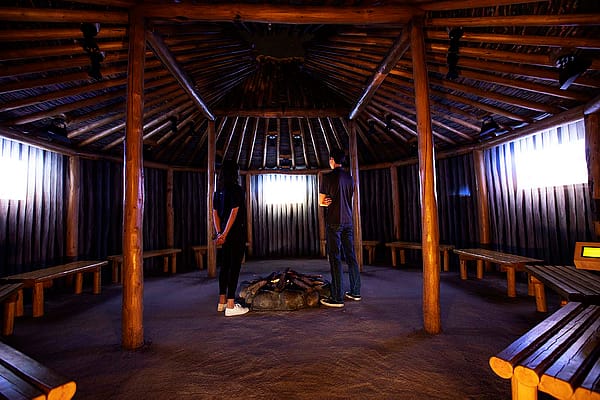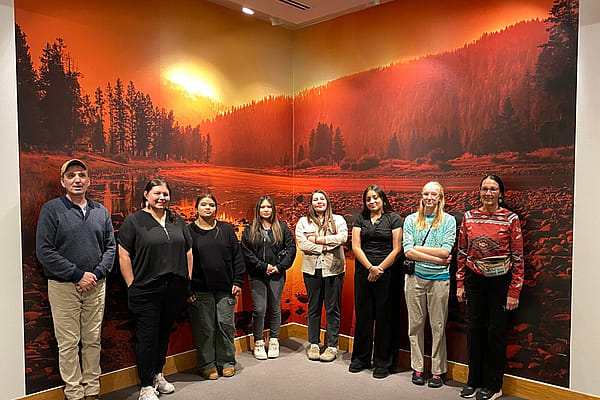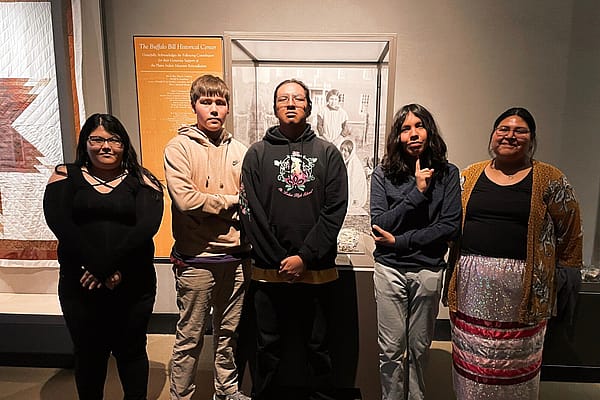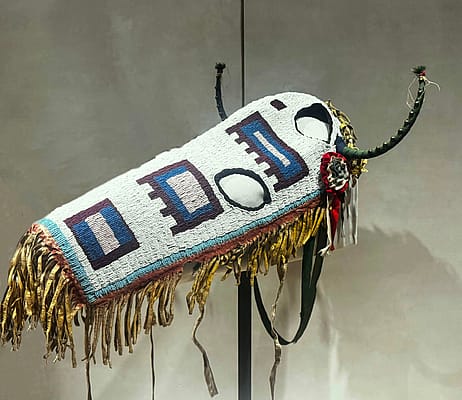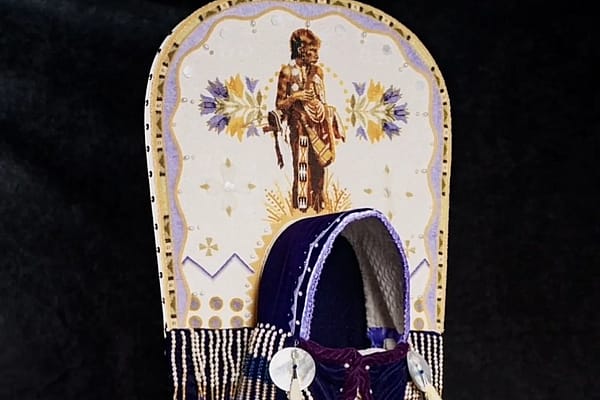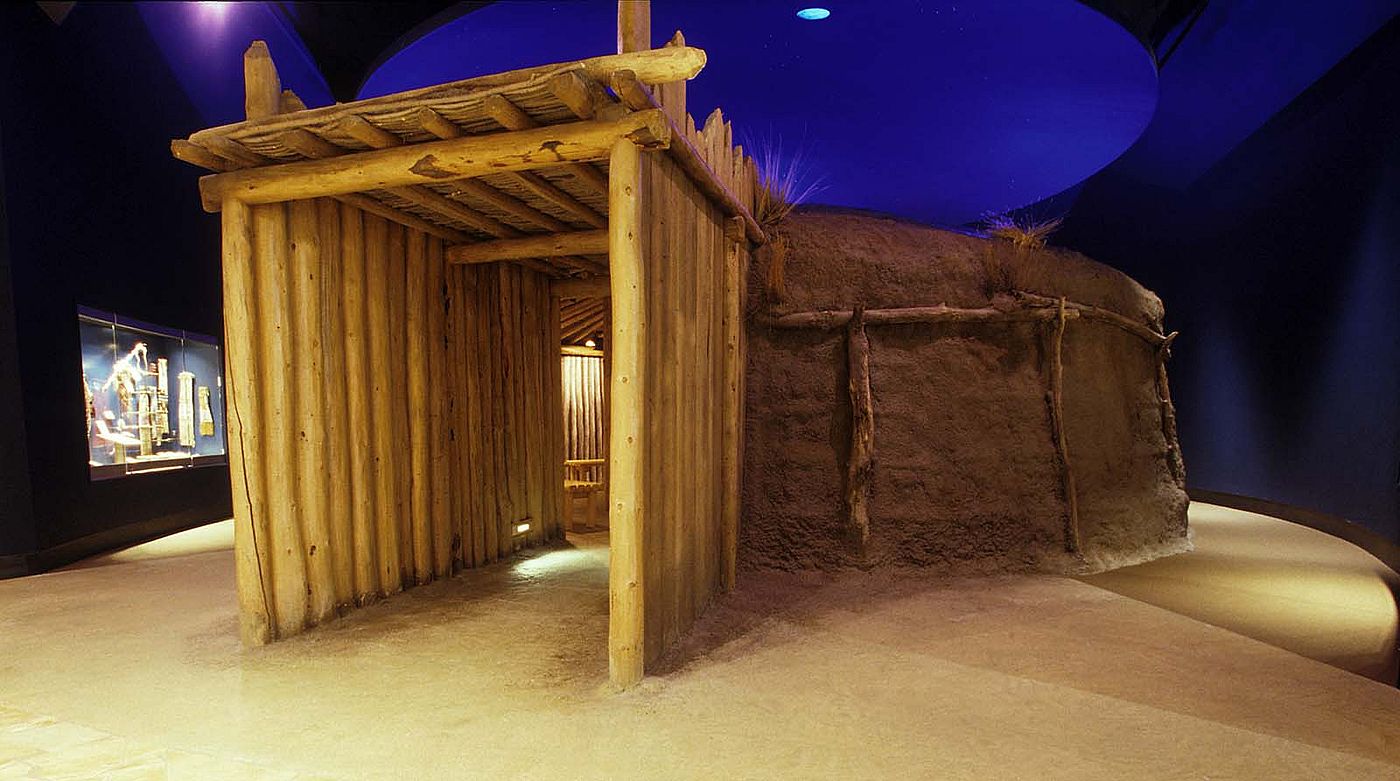
Breaking down the sections of NAGPRA law
The NAGPRA Act has 15 sections, but only five need to be explained for the purpose of museum-to-tribe repatriation.
Section 2 concerns terminology that becomes very important to tribal requests for repatriation:
- Cultural affiliation is a relationship of shared group identity which can be reasonably traced historically or prehistorically between a present day Indian tribe and an identifiable earlier group.
- Cultural items refers to human remains (or, more respectfully, Native ancestors).
- Associated funerary objects are objects that, as a part of the death rite or ceremony of a culture, are reasonably believed to have been placed with individual human remains either at the time of death or later. Both the human remains and associated funerary objects are presently in the possession or control of a federal agency or museum. They include objects made for burial purposes or those made to contain human remains.
- Unassociated funerary objects are different from associated funerary objects because the human remains are not in the possession or control of a federal agency or museum. The objects can be identified by a “preponderance of the evidence” (meaning more likely than not) as related to specific individuals or families or to known human remains, or as having been removed from a specific burial site of an individual culturally affiliated with a particular Indian tribe.
- Sacred objects are specific ceremonial objects which are needed by traditional Native American religious leaders for the practice of traditional Native American religions by their present-day adherents.
- Cultural patrimony describes objects having ongoing historical, traditional, or cultural importance central to the Native American group or culture itself, rather than to property owned by an individual Native American.
- Right of possession refers to possession obtained with the voluntary consent of an individual or group that had authority of alienation (the right to give the object away). Museums would have to return items obtained under duress or stolen.
Section 3 addresses ownership and control of Native American cultural items excavated on federal or tribal lands, with respective priority given to lineal descendants (the child, grandchild, great-grandchild, and so on), the tribes on the excavated lands, and the tribe with closest cultural affiliation to remains or objects (or the one stating a claim). If cultural affiliation cannot be reasonably obtained, the tribe with a preponderance of evidence can stake a claim.
Section 5 states that federal agencies or museums must compile a list of human remains and associated funerary objects into an inventory that also, if possible, lists geographical and cultural affiliation. Creating an inventory is done through tribal consultation.
Section 6 states that federal agencies or museums must provide a written summary of unassociated funerary objects, sacred objects, or objects of cultural patrimony. The summary will describe the kinds of objects included, the means and period of acquisition, and geographical and cultural affiliation. This is done in lieu of an object-by-object inventory.
Section 7 deals with repatriation. If the preponderance of the evidence (and forms of evidence can be geographical, kinship, biological, archaeological, anthropological, linguistic, folkloric, oral tradition, and historical) is in favor of a tribe, then the items requested must be returned. If competing claims arise, the museum retains the item(s) until the dispute is resolved.
Some scientists and museum staff were afraid that the passage of NAGPRA would enable situations where tribes would reclaim all tribal items and thus would leave museums bare. Ignoring the attendant irony of those fears, NAGPRA was passed to facilitate the return of specific objects of sacred and communal value as well as human remains. Human remains had a different status than material goods, because they possessed a scientific value to some that objects did not. However, the double standard of digging up Native American bodies—but never white bodies—for research was an ugly one.
It is clear when looking at the relevant sections of NAGPRA the care that went into wording the Act (which was accomplished with tribal help) and the expectation of collaboration. The findings section of NAGPRA illustrates that “these artifacts and remains are extremely important to Native Americans.” The writing of the law revealed both the federal need “to relieve a moral burden that is the product of improper possession” and the recognition of human rights (Johnson 2007).
Next: How NAGPRA works in museums
*For further information: Johnson, Greg. Sacred Claims: Repatriation and Living Tradition. University of Virginia Press, Charlottesville, 2007.


